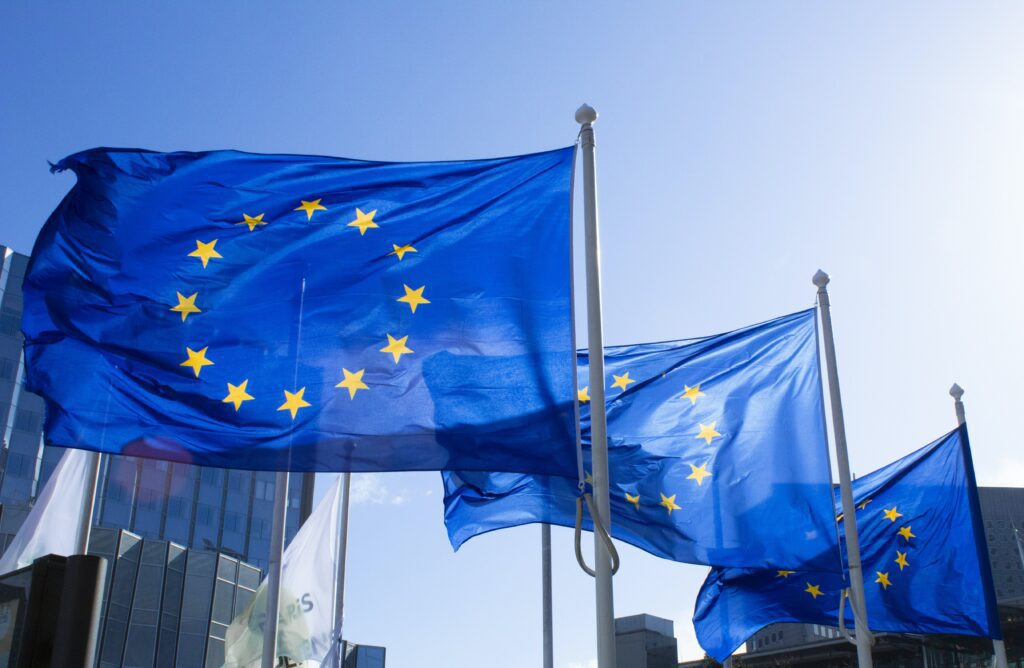The effects of new European Union legislation IORP II (Institutions for Occupational Retirement Provision) last year are beginning to be felt in Ireland.
Up to now, the focus has been on self-administered pensions, or SSAPs. But what does IORP II mean for company pensions? We’ve highlighted three principal issues to consider.
1. Stronger governance
The overall objective of the changes is to introduce stronger levels of governance. The job of ensuring governance of an occupational pension falls to the trustees of the pension scheme.
This is a job that has become increasingly professionalised over recent years in any case; and some critics point out that the existing approach has proven perfectly adequate for the vast majority of pension savers.
But with the introduction of IORP II, the days of the employers and non-professional trustees overseeing the good governance of pension schemes are almost over.
2. Rising costs
More regulatory requirements means more cost and those costs may outweigh the benefits of independent trusteeship for smaller schemes.
Many smaller schemes are likely to be sprung with substantial bills for trusteeship services over the coming years, as audit and other oversight requirements are raised. A key action for those managing company pensions is to seek advance notice on any likely cost increases, allowing time to develop alternative plans.
The additional cost will push many employers and advisors to consider alternative options.
3. Master Trusts are a work in progress
One option is for pension schemes to move to what is referred to as a “master trust”. Master trusts allow many pension schemes to be contained within a single trust. The idea is that all participants can benefit from economies of scale, and while lifting the bar in terms of governance at the same time.
Starting a fresh pension scheme under a master trust is a fairly simple concept. For existing pension – that is, the vast majority of cases – the same can’t be said.
As matters stand, the process for existing pension schemes to move into a master trust structure is unclear, and potentially cumbersome, for trustees, administrators, advisors, and most importantly, employers and pension savers.
What’s more, because most master trusts in Ireland are attached to a particular asset manager, there’s concern that the rise of master trusts will make it even more difficult to effect positive changes in company pensions such as introducing new funds, enhancing ESG criteria, or addressing poor service.
The Pensions Authority published a brief guide for employers in December 2021, but in practice many employers are adopting a wait-and-see-approach which seems prudent for the short term.










